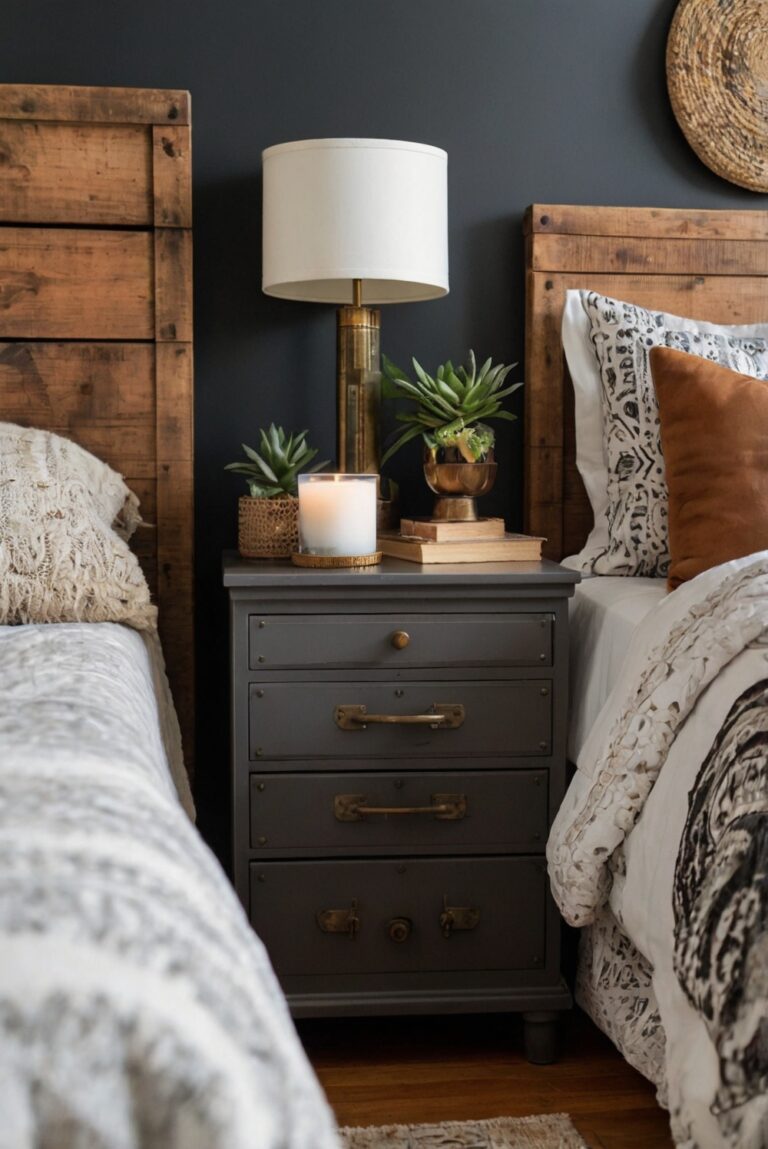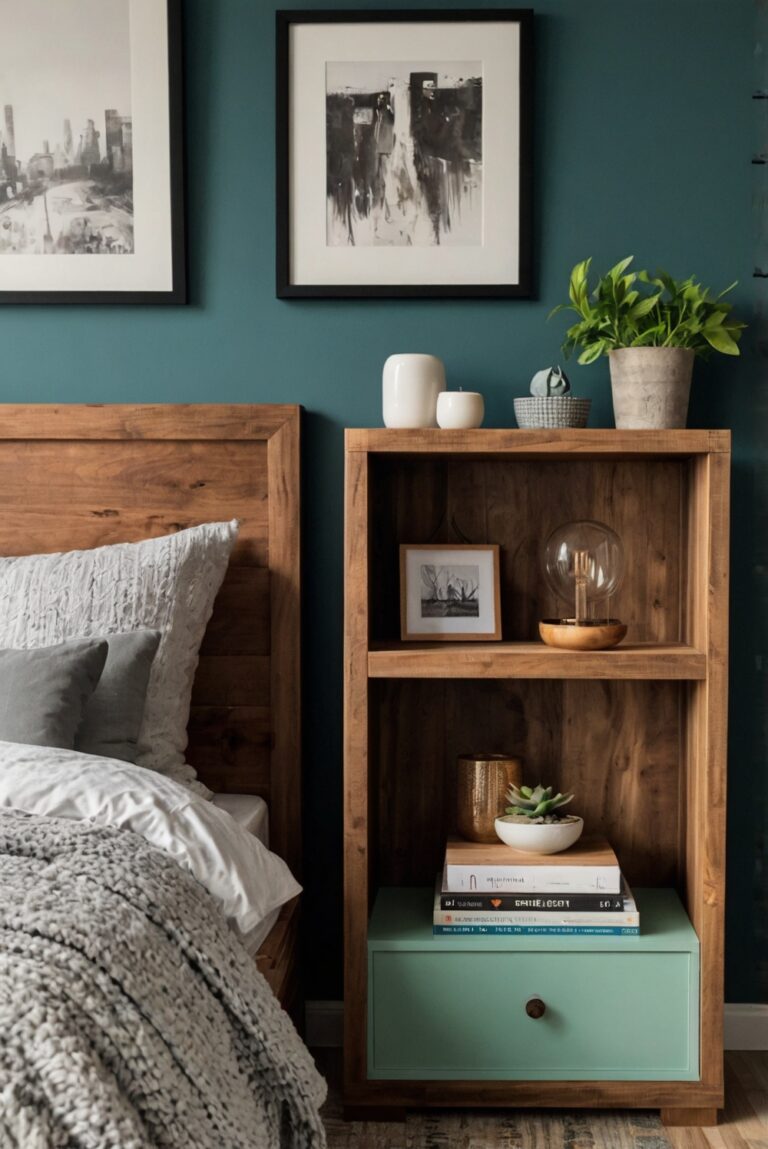Explore the top lighting choices to enhance your small living room space. Let’s dive into the best options for a well-lit and inviting home ambiance.
## What are the best lighting options for a small living room?
## Answer:
In a small living room, the right lighting can make a significant difference. Here are some of the best lighting options to enhance your space:
1. **Ceiling Lights**: Opt for ceiling lights that provide ample illumination to brighten up the room.
2. **Wall Sconces**: Wall sconces are a great way to add ambient lighting without taking up floor space.
3. **Floor Lamps**: Choose slim and tall floor lamps to save space and create a cozy atmosphere.
4. **LED Strip Lights**: These can be installed under shelves or cabinets to add a modern touch and improve the room’s overall brightness.
By strategically placing a combination of these lighting options, you can achieve a well-lit and visually appealing small living room. Ensure the lighting fixtures complement your home decor interior design and align with the space planning for a cohesive look.
Country: United States
What are the best lighting options for a small living room?
When it comes to lighting a small living room, it is essential to choose the right options to create a comfortable and inviting space. Here are some of the best lighting options to consider:
Natural Light:
Natural light is key in any room, especially a small living room. It helps create a sense of openness and brightness. Make the most of natural light by using sheer curtains or blinds that allow the light to filter through while still providing privacy.
Overhead Lighting:
Overhead lighting is important for overall illumination in a small living room. Consider a stylish ceiling fixture or pendant light that complements the room’s decor. Opt for LED bulbs to save energy and create a bright, inviting atmosphere.
Accent Lighting:
Accent lighting can add warmth and depth to a small living room. Use wall sconces, table lamps, or floor lamps to highlight specific areas or objects, such as artwork, shelves, or plants. This type of lighting can also create a cozy ambiance in the room.
Task Lighting:
Task lighting is essential for reading, working, or other activities in a small living room. Consider adjustable desk lamps, floor lamps with adjustable heads, or wall-mounted reading lights to provide focused illumination where needed.
Dimmer Switches:
Dimmer switches are a versatile option for controlling the lighting in a small living room. They allow you to adjust the brightness according to the time of day, mood, or activity. Install dimmer switches for overhead lights or lamps to create a customizable lighting scheme.
In conclusion, choosing the best lighting options for a small living room involves a combination of natural light, overhead lighting, accent lighting, task lighting, and dimmer switches. By carefully selecting and arranging these lighting elements, you can create a comfortable and visually appealing space that meets your needs and enhances your overall living experience.
1. How can lighting options enhance a small living room?
Lighting plays a crucial role in enhancing the ambiance and functionality of a small living room. By strategically placing different types of lighting fixtures such as overhead lights, floor lamps, and wall sconces, you can create a well-lit space that feels cozy and inviting. Using dimmable lights allows you to adjust the brightness according to your needs, while accent lighting can highlight specific areas or decor pieces. Additionally, choosing the right color temperature for your lights can impact the overall feel of the room, with warm tones creating a more intimate atmosphere and cool tones providing a modern touch.
2. What are the different types of lighting options suitable for a small living room?
There are various types of lighting options that work well in small living rooms. Ambient lighting, such as recessed lights or ceiling fixtures, provides overall illumination and sets the tone for the room. Task lighting, like table lamps or under-cabinet lights, helps in performing specific activities like reading or working. Accent lighting, such as track lights or picture lights, adds visual interest and highlights architectural features or artwork. Natural light from windows or skylights can also brighten up the space and make it feel more spacious.
3. How can you maximize natural light in a small living room?
Maximizing natural light in a small living room is essential to create a bright and airy feel. Start by keeping window treatments minimal or using sheer curtains to allow sunlight to filter through. Positioning mirrors opposite windows can help reflect light and make the room appear larger. Consider painting walls in light colors to bounce light around the space. Additionally, keeping windows clean and unobstructed from furniture or decor items ensures that natural light can freely enter the room.
4. What are the benefits of using LED lights in a small living room?
LED lights are a popular choice for small living rooms due to their energy efficiency and versatility. LED lights consume less electricity than traditional incandescent bulbs, resulting in lower energy bills and reduced environmental impact. They also have a longer lifespan, requiring less frequent replacement. LED lights come in various color temperatures, allowing you to customize the ambiance of your living room. Additionally, LED bulbs produce less heat, making them safe to use in small spaces without overheating.
5. How can you create a layered lighting scheme in a small living room?
Creating a layered lighting scheme involves combining different types of lighting to achieve optimal brightness and ambiance in a small living room. Start by installing ambient lighting as the base layer to provide overall illumination. Add task lighting, such as reading lamps or pendant lights over work areas, to ensure adequate light for specific activities. Incorporate accent lighting to highlight architectural details, artwork, or plants. By layering these different types of lighting, you can create depth and visual interest in your small living room while ensuring that all areas are well-lit and functional.



